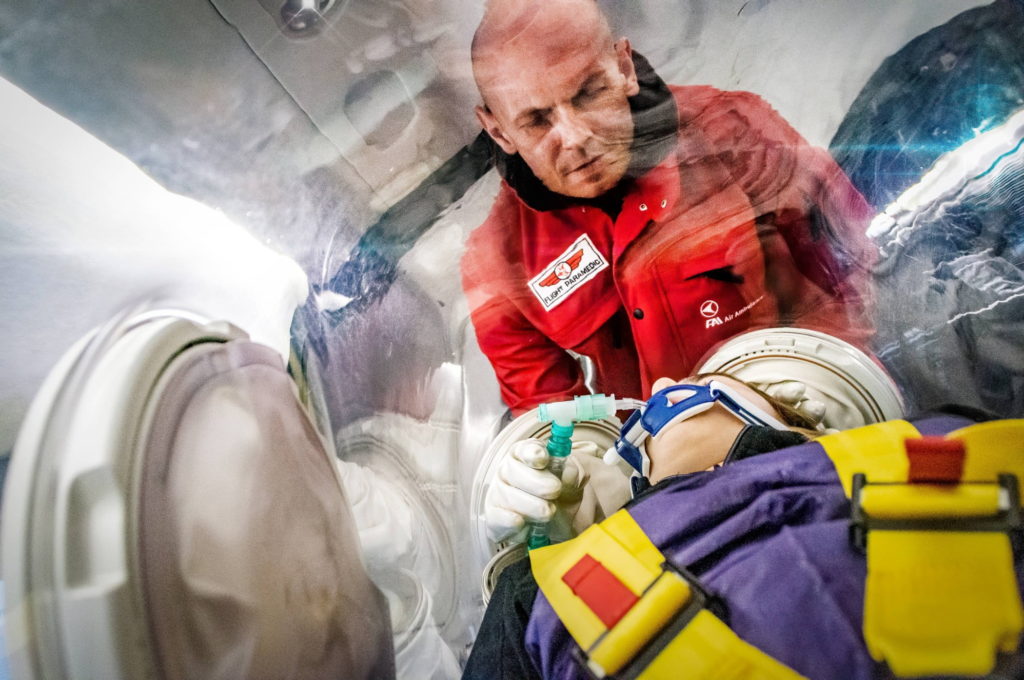Waste of staff and, well… waste
Paramedics and EpiGuard instructors thoughts on waste
So you have a patient with a highly infectious disease who needs to be transported to a higher level of care. Have you ever considered how much staff and Personal Protective Equipment (PPE) is needed for such an endeavour? Traditionally a substantial amount of staff and PPE would be needed for this kind of operation. Luckily, with the EpiShuttle, this can be scaled down.
See here how it works!
We have previously discussed the challenges of using PPE. Wearing PPE protects you from pathogens, but also induces fatigue through increased workload, heat production and sweating. Therefore it is generally said that staff should rotate out of PPE every hour or two. And don’t forget it takes time to safely both don and doff the PPE!
Have you ever summed up the resources needed for a multi-hour patient transfer wearing full PPE? From the time you have donned PPE, made patient contact and transported and loaded the patient in a transport vehicle – then you are almost at the point of needing a crew change, as the loading crew has already been working close to an hour.
What if you need to transport for more than a couple of hours? Then you need a crew change en route too. And don’t forget to take into account the staff needed to assist in safe donning and doffing of PPE. You even need a complete waste management plan too! How much staff, PPE, waste bags and vehicles are needed for these transports?
An EpiShuttle will make this easier and cheaper. The EpiShuttle is a medical isolation unit made for transport. Put the patient inside, start the blower unit, close the lid and decontaminate the exterior.
[With the EpiShuttle], once the patient is isolated, you and your staff are safe on the outside. No need for extensive PPE, making the transport much easier for everyone.

The patient is contained in the EpiShuttle, and the EpiShuttle is easily moved in hospitals, ambulances, helicopters and aircraft. Of course, you have full access to the patient with glove and medical ports. The patient can be connected to monitoring cables and intravenous lines. Staff can move freely and safely in close proximity to the patient and communicate with him.
EpiGuard provides extensive and detailed training with the EpiShuttle. Contact us to find out more!
Have any questions?
DISCLAIMER: The medical device information is provided for general informational and educational purposes only and is not a substitute for professional advice. Accordingly, before taking any actions based upon such information, we encourage you to consult with the appropriate professionals. The use or reliance of any information contained on the site is solely at your own risk. The EpiShuttle does not protect against all types of CBRN occurrences. Accordingly please consult with medical professionals before usage.